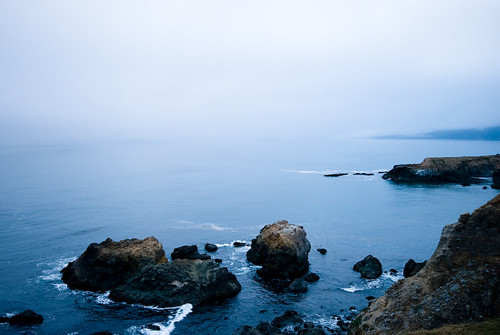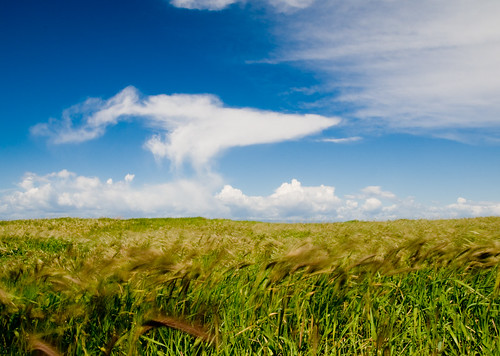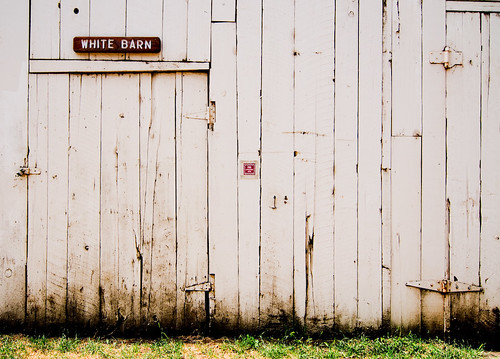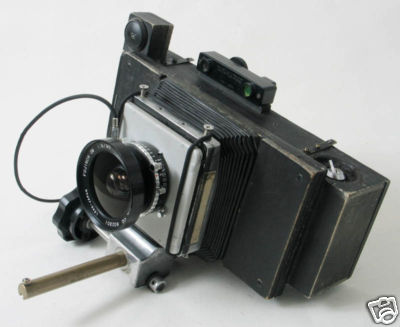Let me qualify this post by saying that I am not bashing those that are trying to get started in wedding photography, I realize that many are “sucked in” by friends and family and get in over their heads, and that I know that wedding photography is hard.
But, I was one of those “getting started” photographers not too long ago, and I think I went about it in a very serious manner. I did not do anything until I had my lighting and techniques down, and took every opportunity to learn more and more so that the next wedding would be that much better. But I didn’t let up on any of the first ones, either.
Recently, I helped a coworker who got married back in June. She knows that I do wedding photography and asked if I could help with some of the photos. I usually would not go editing someone else’s shots but she said that she and her husband were so upset by them that they have not given any to their parents and really wanted to give a frame or two of images.
When I did even some rudimentary work on them in Adobe Lightroom, she started crying. Just color correction and some exposure, but she was crying. I’m just trying to give you an idea of the situation.
Now, you have to be, in my opinion, a good photographer with a good sense of timing and quick composition to be a good wedding photographer. But you also need to know equipment and lighting. The usual maxim in photography is that equipment does not matter. Well, with wedding photography, it kind of does. You must have backup cameras, a full spread of lenses, and you need to know how to use flash and artificial lights. Perhaps not a full blown set of off-camera flashes, but you need to know how to use your stuff, period.
Well, some of these photos were taken at ISO 1600, which is not an ideal setting since you get a lot more noise. It also wasn’t really appropriate since they were situations where artificial lighting seemed like it would have been okay (ie – not during the actual ceremony, etc). Also, even at ISO 1600 the shutter speed wasn’t fast enough – there are blurred formal photos. Of all photos, set-up formal ones should not be blurry.
And, as far as I can tell, almost no flash was used. Flash is so critical unless you’re shooting with the very latest set of full-frame digitals which can get away with ridiculous ISO settings.
I really mean no disrespect to this photographer – I don’t even know his or her name. But the bride cried, in front of me, in my office here at my day job. A wedding is an important day, an emotional day, and one which, as a photographer, you need to be ready for and must have nerves of steel.





